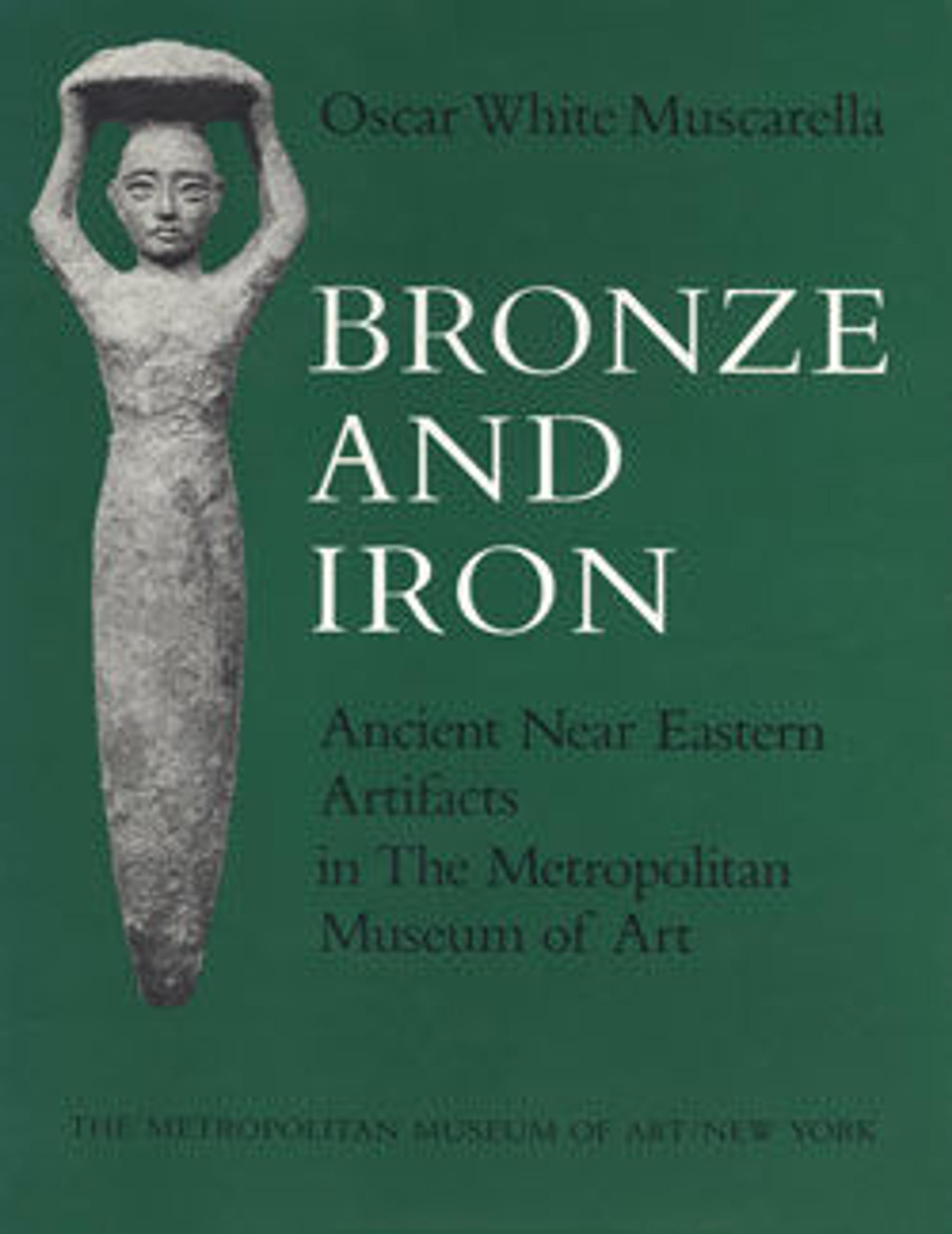Plaque with horned animal
This bronze plaque has an image of a horned recumbent animal, possibly an ibex. The image is surrounded by a border of raised dots. The plaque was hammered from a single sheet of bronze. It has no attachment holes, making it unclear what purpose it served. Possibly it was made as a votive.
This plaque was excavated at Surkh Dum, a settlement site in Luristan in the Zagros Mountains of western Iran. It was found in a structure interpreted as a sanctuary and was thus probably an offering to a god.
The ibex is a distinctly Iranian motif, as they are native to the Zagros Mountains of western Iran, but did not live, for example, on the plains of Mesopotamia. Thus they are a marker of the unique, mountain identity of the people living in western Iran during the Iron Age.
This plaque was excavated at Surkh Dum, a settlement site in Luristan in the Zagros Mountains of western Iran. It was found in a structure interpreted as a sanctuary and was thus probably an offering to a god.
The ibex is a distinctly Iranian motif, as they are native to the Zagros Mountains of western Iran, but did not live, for example, on the plains of Mesopotamia. Thus they are a marker of the unique, mountain identity of the people living in western Iran during the Iron Age.
Artwork Details
- Title: Plaque with horned animal
- Period: Iron Age III
- Date: ca. 8th–7th century BCE
- Geography: Iran, Luristan, Surkh Dum
- Culture: Iran
- Medium: Bronze
- Dimensions: 1 × 2 1/16 × 1/16 in. (2.6 × 5.2 × 0.2 cm)
- Credit Line: Rogers Fund, 1943
- Object Number: 43.102.12
- Curatorial Department: Ancient West Asian Art
More Artwork
Research Resources
The Met provides unparalleled resources for research and welcomes an international community of students and scholars. The Met's Open Access API is where creators and researchers can connect to the The Met collection. Open Access data and public domain images are available for unrestricted commercial and noncommercial use without permission or fee.
To request images under copyright and other restrictions, please use this Image Request form.
Feedback
We continue to research and examine historical and cultural context for objects in The Met collection. If you have comments or questions about this object record, please contact us using the form below. The Museum looks forward to receiving your comments.
